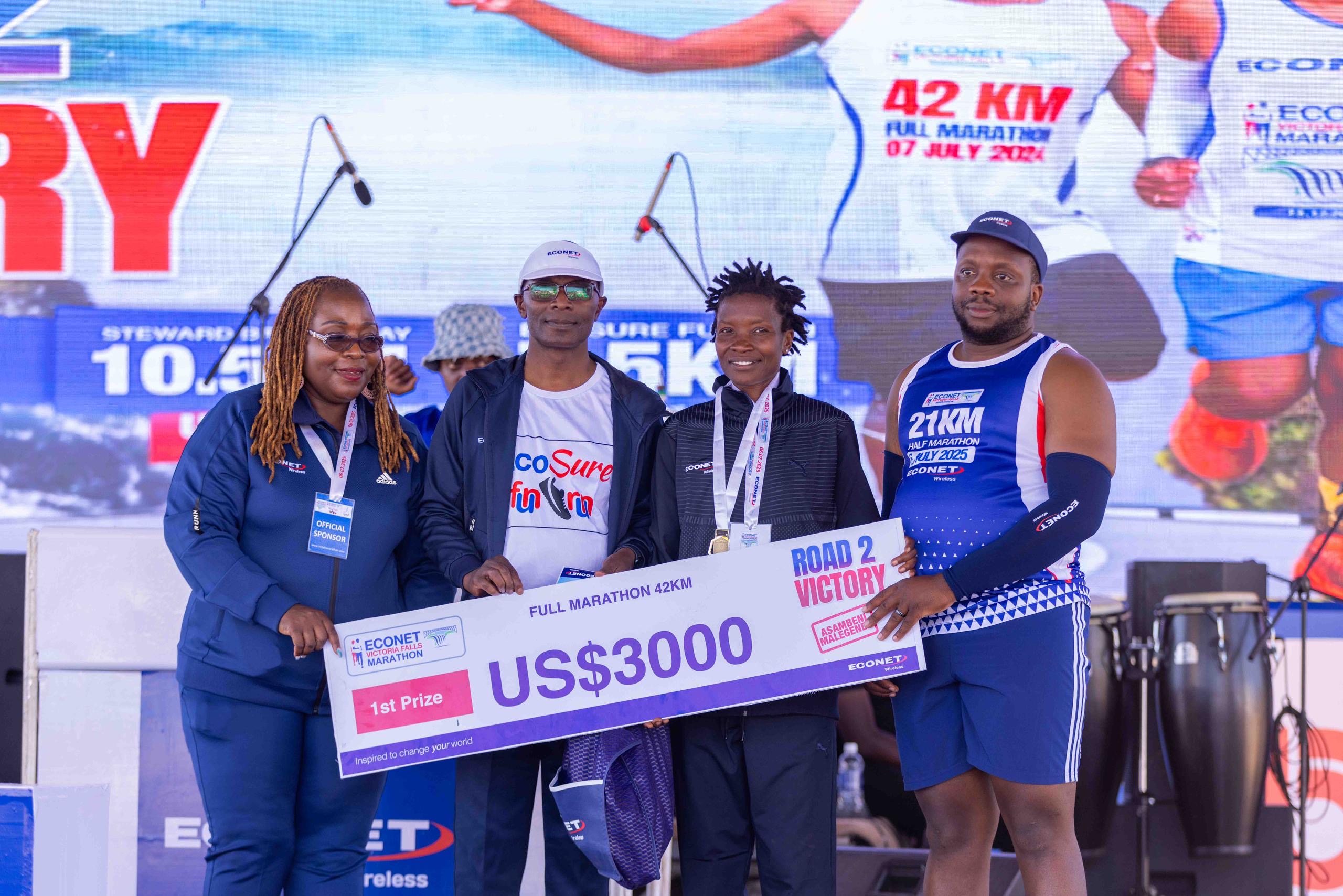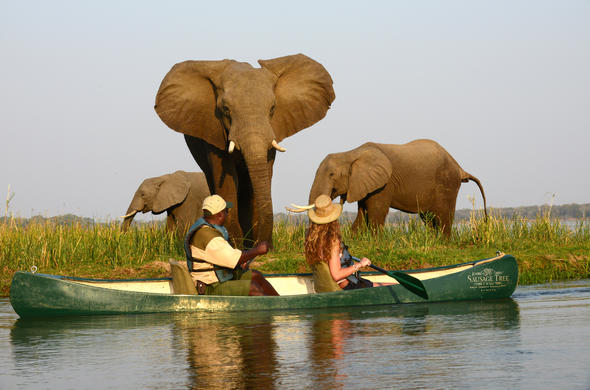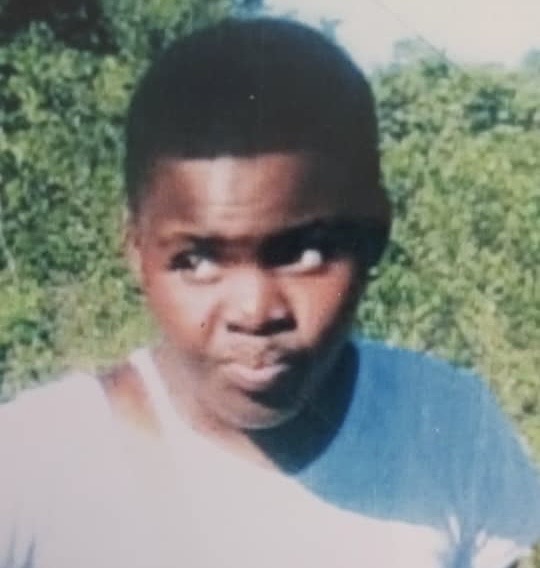BY NOKUTHABA DLAMINI
Annai Makuyana used to endure sleepless nights trying to protect her livestock from wild animals such as lions and hyenas until she was introduced to the concept of fortified kraals.
Makuyana (62) from rural Chiredzi in south-eastern Zimbabwe said she lost 15 head of cattle and over 21 goats between 2017 and 2020 before she moved away from traditional kraals to predator-proof enclosures to protect her livestock at night.
“Since 2017, I lost 13 of my cows and 21 goats,” she said.
“They used to attack even in the presence of the herders in the grazing areas and I am now left with only five cows and three goats because they were being attacked even inside their kraals.
“In 2020, two of my cows were killed on the same day when a pack of hyenas invaded my kraal and one of the cows was killed inside while the other got attacked just outside the kraal as it tried to escape from the wild animals.
“The sight and smell of the lions intimidates the livestock and causes a stampede that puts the entire herd at risk.”
Makuyana is one of many villagers around the Gonarezhou National Park – one of Zimbabwe’s largest game reserves – who are resorting to fortified kraals to save their livestock from worsening wildlife conflicts.
Conservationists are promoting the use of the fortified kraals to encourage the coexistence of livestock belonging to communal farmers in wildlife corridors and predator animals.
Most rural households in Zimbabwe rely on traditional kraals that merely contain livestock, but fortification of kraals in wildlife corridors such as those around the Gonarezhou game reserve has become necessary to ensure that livestock coexists with free-ranging carnivores.
Typical fortified kraals can be built from locally available materials such as thorn bush or stones.
The Gonarezhou Conservation Trust (GCT), an organisation running the state-owned Gonarezhou National Park, said in 2021 spotted hyenas were responsible for 41% of the livestock that was killed in areas bordering the game reserve as well as conservancy areas such as Malipati, Mapfuka and Jamanda.
It said lions and hyenas accounted for 12% and 14% of the livestock that was killed by predator animals while crocodiles, that often attack during the drinking period, killed 14% of the scale of 250 livestock per population.
GCT said given that wild animals such as lions and hyenas usually attack livestock at night while they were in makeshift traditional enclosures, they resolved to assist communal farmers in wildlife conflict hotspots to make their kraals predator proof.Elice Pheimani, the GCT human wildlife conflict coordinator, said the organisation in 2021 came up with a programme to identify the hotspots and they worked closely with the communities to plan where to put the fortified kraals and then monitor the results.
A number of kraals have since been upgraded to predator-proof status since the project began, resulting in cattle losses from kraals declining by 90% and incidences of livestock killings by lions being reduced for some villagers who have adopted the strategies.
Lexon Makondo, a headman in Mhlanguleni village, is one of the community leaders championing the GCT fortified kraals project and said it had produced significant results for his household.
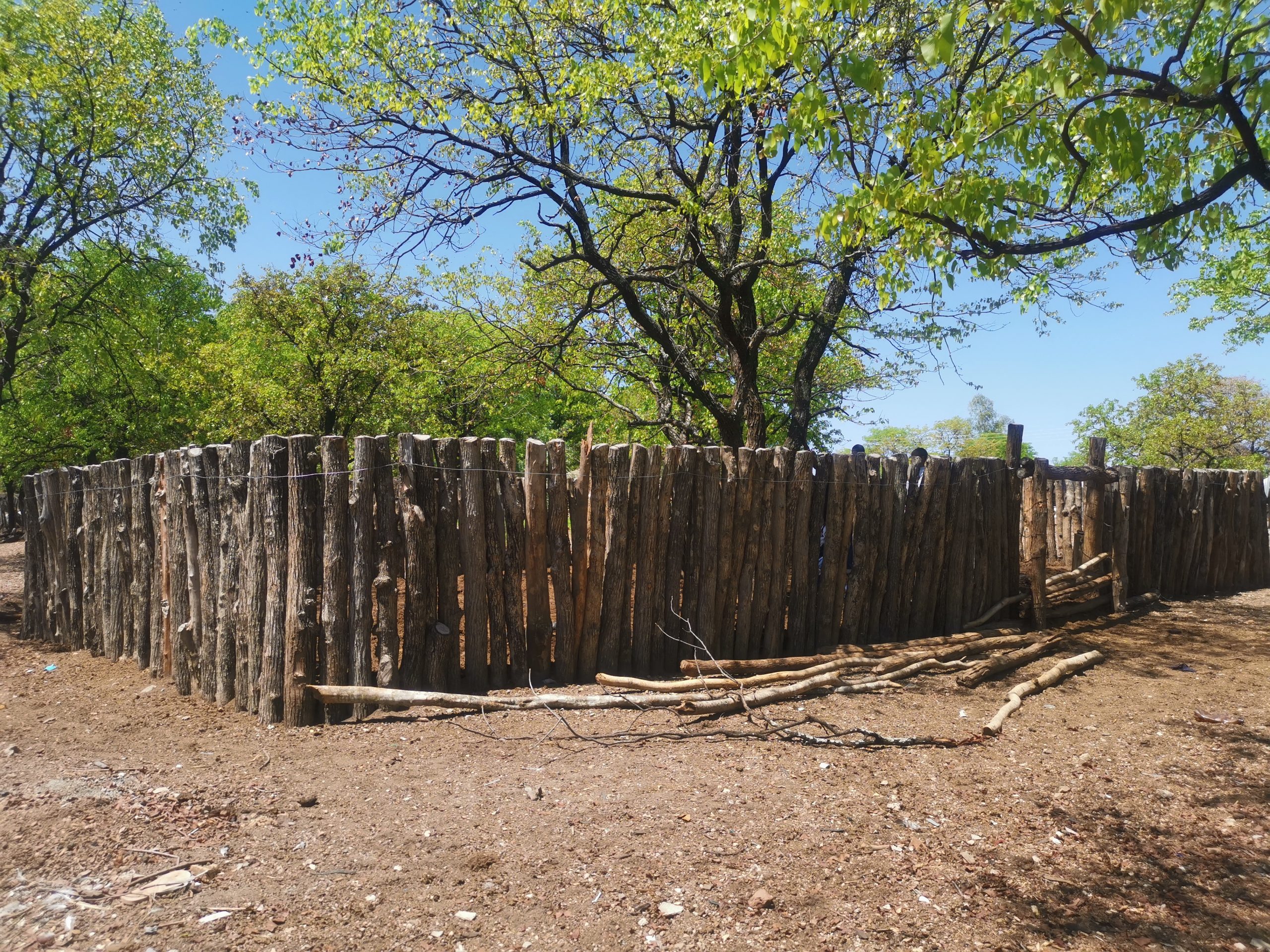
“We were advised by the GCT to adopt and invest in predator-proof kraals made up of wooden poles,” Makondo said.
“I managed to save money and bought the poles for 10 rand each and with their supervision I managed to set up a kraal that does not leave any spacing in between for these wild animals to encroach.
“Since the construction of the kraal none of my cattle has been killed while inside the kraal.”He said the village has been recording an increase in cases of lions and hyenas that kill livestock, hence the need to invest in protective mechanisms such as fortified kraals.
“The problem of hyenas and lions has been escalating over the past years and these animals often target livestock in and outside the kraals at night or those that graze close to the national park boundary,” Makondo added.
“With these kraals what is even more unique about them is that the poles are closely set and we even use some wire to tighten the poles because hyenas usually take advantage of those traditional kraals that are set without being tightened to attack the livestock.”
The traditional leader said there was a huge uptake for the fortified kraals project as villagers accepted that it was the best way to survive the effects of wildlife conflicts.
“We now have a steady number of people who have taken up the idea and the reports of our livestock being eaten while inside the kraal have gone down by almost 90%, but there are some who still are reluctant to build the predator proof kraals,” Makondo said.
“Protecting cattle at night is just one part of the solution that needs to be adopted by every farmer in this area so that we deal with this problem.
“If cattle are more difficult to prey on in one area that used to be a conflict hotspot, the lions may just move on to another area where the kraals have not been upgraded.”
He called for more innovations to protect livestock during the day in order to eliminate human-wildlife conflicts.
“Additionally, if cattle are only protected at night and allowed to roam unattended during the day, then the predators will target cattle during the day and because lions behaviour, for instance, changes with the seasons, as their natural prey gets easier (dry season) or harder (wet season) to find, thus making cattle more or less attractive for lions at different times of the year,” he added.Pheimani said traditionally farmers allowed their livestock to graze within harvested fields during the mid-dry season to help them survive until the rainfall season and this provided a measure of protection from wild animals during the day.
He said there was still need for sustainable strategies to protect livestock throughout the year.
“We need to come with more strategies on how to counter this challenge and see how livestock can be protected even during these seasons,” Pheimani said.
“Our records prove that most of these animals, including donkeys, are attacked during the grazing period, so investing in predator proof kraals is not yet enough.”
Makondo said most crop farmers in his area were often busy during the cropping season, which meant that they left their livestock unattended and this made them even more vulnerable to attacks by wild animals.
“Kraals that are filled with cattle dung become muddy havens for disease in the wet season, so farmers prefer to let the animals roam outside for their health,” he said.
The government last year said it was introducing a human-wildlife conflict compensation fund, which among other things, will see communal farmers being paid for losses incurred through the killing of livestock by wild animals and destruction of crops.
Wildlife conflicts also claim the lives of people every year in Zimbabwe and the crisis continues to worsen as human settlements encroach into wildlife areas.
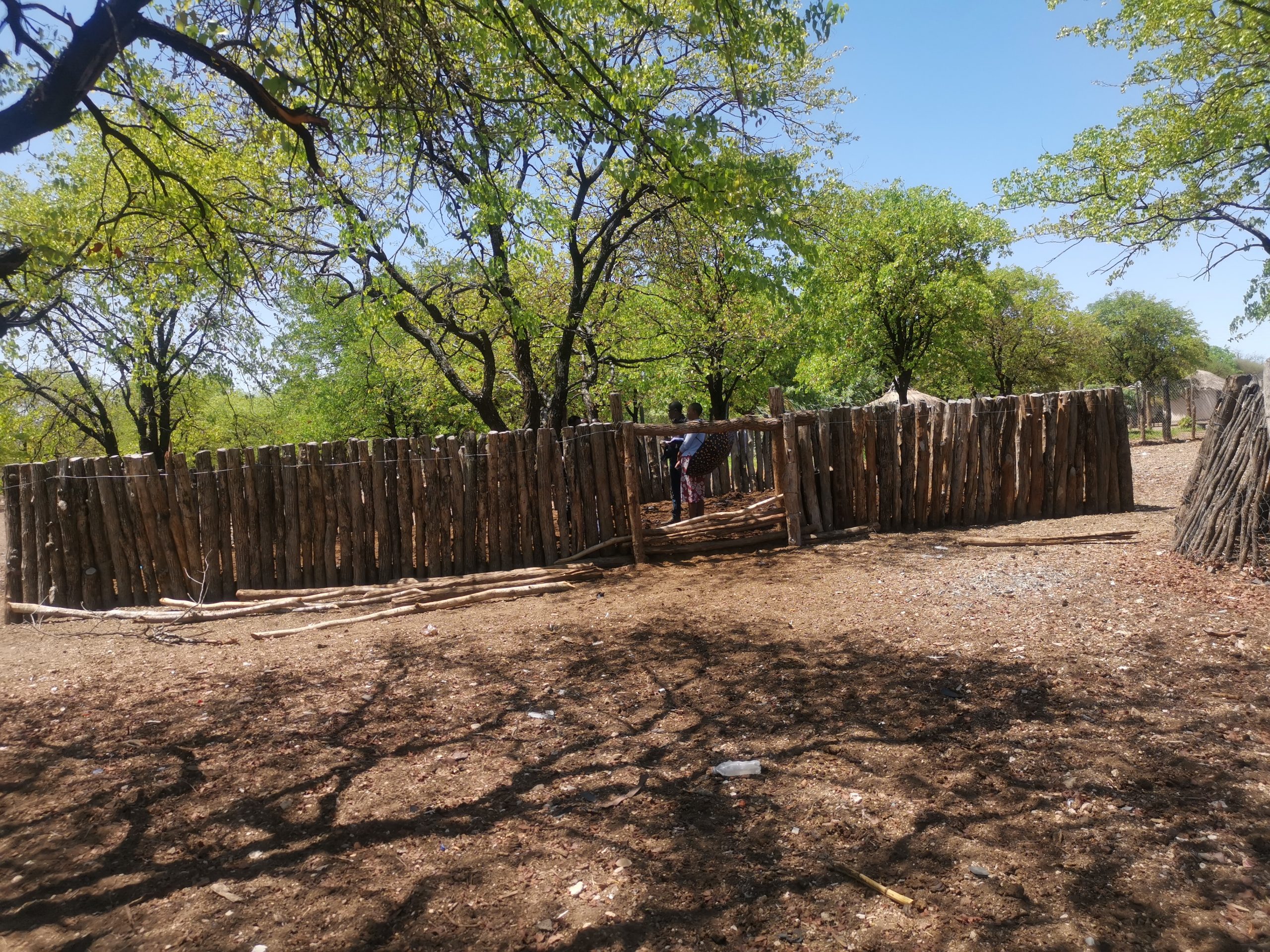

 Slider3 years ago
Slider3 years ago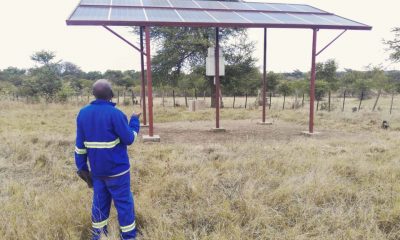
 National4 years ago
National4 years ago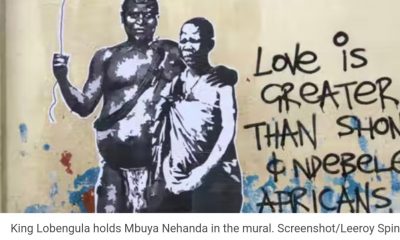
 Opinion3 years ago
Opinion3 years ago
 Tourism and Environment4 years ago
Tourism and Environment4 years ago
 National2 years ago
National2 years ago
 National3 years ago
National3 years ago
 National2 years ago
National2 years ago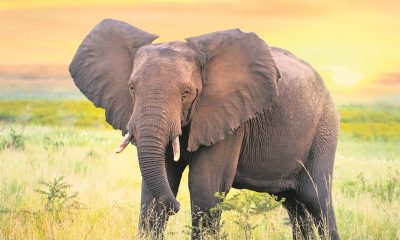
 National4 years ago
National4 years ago

